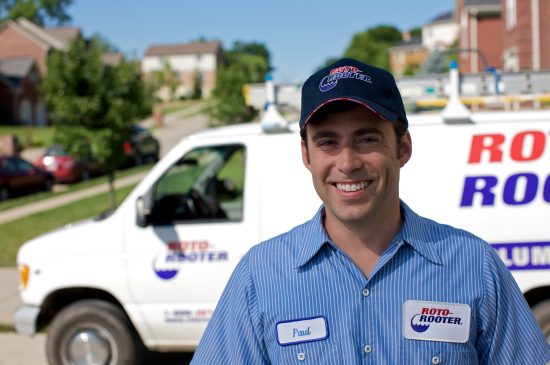Leach Field Repair and Replacement
Can You Repair a Leach Field?
Leach field repair or repairing a clog in a leach field is a straightforward task. However, there are possible catastrophic problems that can arise with a leach field, particularly bacterial growth. Preventative maintenance is key to avoiding costly leach field replacement services. Roto-Rooter CA plumbers can help with Leach Field Repair and Replacement tasks by quickly assessing and determining which is the best approach to resolve your situation.
Follow these household plumbing tips to prevent your leach field from failing:
- Convert to low-flow appliances – we can help you with this!
- Avoid pouring grease, chemicals such as; bleach, ammonia, or paint down the drain.
- Only flush bathroom tissue and body fluids.
- Avoid overusing garbage disposals.
- Limit laundry to one load per day to spread out water usage.
- Do not park cars, build structures, or place any heavy objects on top of the leach field.
- Divert water runoff from excessive rainfall or snow away from the leach field.
- Schedule regular septic tank pumping, typically every three to five years.
- Schedule annual septic system inspections and diagnosis services.
What is a Leach Field?

A leach field, also known as a septic tank drain field or leach drain, is an underground array of perforated pipes adjacent to the septic tank. Leach lines are responsible for safely removing wastewater after it leaves the septic tank.
Where Is My Leach Field Located?
Leach fields are usually located in a large, flat, and open area of your yard. They can have multiple trenches between 18 to 36 inches deep, one to three feet wide, and up to 100 feet long. While this is typical, many configurations are used with variations dictated by your specific property needs. If properly maintained, leach fields can last up to 25 years.
How A Leach Field Works
A septic tank, pipes, and leach field make up a typical septic system. Here is how your septic system and leach field operate:
- All the waste and wastewater from the house flows into the septic tank.
- The waste begins breaking down due to the bacteria present in the septic tank.
- Solid waste sinks to the bottom of the septic tank, while liquid waste floats to the top where it is broken down by enzymes and bacteria.
- The liquid waste then flows into the leach field through an underground series of pipes, while the solid waste remains in the bottom of the septic tank and continues to be broken down by bacteria.
- As liquids travel through the pipes of the leach field, it seeps into the ground below where it is naturally filtered by the soil.
How To Tell If You Need Leach Field Repair or Replacement
A properly maintained leach field is invisible, silent, and odor-free. However, diagnosing leach line problems can be difficult as the symptoms are similar indicators of a full or backed-up septic tank. Here are some key indicators that your leach field may be failing and needs replacement:
- Pipes that gurgle when being used.
- Slow running or clogged drains.
- Issues with toilet flushing (low pressure, slow flushing, not flushing).
- Sewage odours come from drains, the septic tank, or leach field.
- Standing water in your yard.
- Wet, mushy grass over the leach field.